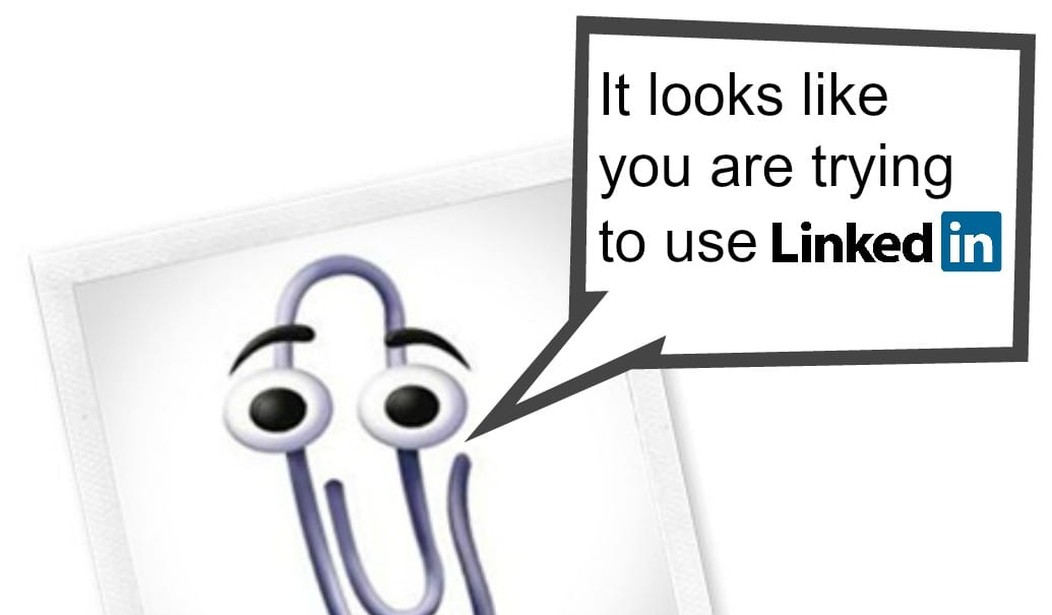
To everyone’s surprise, Microsoft announced today that they were acquiring LinkedIn for $26.2 billion. That is nearly a 50% premium on LinkedIn’s stock value.
So why was Microsoft seemingly so desperate to buy LinkedIn?
First of all, there is the announced reason: To pair Microsoft productivity tools with LinkedIn’s professional network.
https://youtu.be/-89PWn0QaaY
This is actually a really powerful reason. Many people use Microsoft’s Office Suite (Word, Excel, PowerPoint, etc.) for work documents. However, most users will create the documents they need locally and then share with others via email or a file sharing platform like DropBox. Microsoft has been playing catch-up for a number of years with Google, which has created a truly collaborative document management platform. I can create a document in Google Drive and share it with colleagues to comment on or edit without uploading or downloading the file. Microsoft’s answer to Google Drive was Office 365, which has gotten some traction in big enterprise settings, but not much beyond that. Microsoft is hoping to fix that with LinkedIn.
So what does it mean to pair Microsoft’s productivity tools with a professional network? Microsoft hasn’t gone into any specifics, but it doesn’t take much imagination. For example, what if you could have all kinds of documents relating to you, such as cover letters and resumes, right on LinkedIn? Then you could have employers comment directly on those documents to make finding the right candidate more engaging. Or what if you collaborated with a client or vendor on LinkedIn? You are already connected via the network, so it should be easy to keep track of all your communications and documents right in one place.
On the Microsoft side, there are many opportunities as well. What if you could interact with your colleagues through Windows’ operating system itself? Or what if you could tag individuals’ profiles right into a document? That would be tremendously helpful for presentations and documents of introduction.
This purchase is very similar to another Microsoft big ticket acquisition. In 2012 Microsoft paid $1.2 billion for Yammer, which was basically the professional version of Twitter. That product is now intertwined with Office 365. Microsoft wants to make work “social” because in the real world, you work with a lot of different people.
Continue reading to find out the real reason.

Microsoft and LinkedIn leadership. Image courtesy of Microsoft.
While the aforementioned reasons sound exciting and very reasonable, Microsoft most likely bought LinkedIn for an event bigger reason: to stay relevant. Over the past decade Microsoft has been behind the eight ball in a lot of different and new tech fields. The company is struggling with fields that didn’t exist ten years ago. Its Windows operating system is losing ground to Apple. Google is dominating Microsoft’s Bing search engine. Facebook and Twitter have been grabbing all the headlines for social media. And does anyone even own a Windows Phone?
Data is king and the Internet is all about sharing it. From advertising and product information, to file sharing, to knowing when your friend’s birthday party is, to saving family photos online, it is all about data. That is why Google has grown to be one of the most valuable companies on Earth. Google’s search engine is all about organizing and understanding data. The more Google knows about you, the more you can do. Microsoft has very little access to the wider Internet and all of its data. It is losing out on collecting data from its web browser because Internet Explorer isn’t as popular as it once was. Google is grabbing a bunch of personal information from Gmail. Facebook is making a killing with all the data users voluntarily give it. But at what point does Microsoft get data?
We know Microsoft likely has all your work information if you use its products at the office. It knows your work history, your skills, who you work with, and what you do for a living. That is pretty valuable information, especially to advertisers. LinkedIn already uses that same information to sell to advertisers. But think of the value of Microsoft having direct access to LinkedIn users’ activities.
While we may not know exactly what Microsoft is planning with LinkedIn, I can guarantee it will be big, affect almost everyone, and quite possibly make users a bit uncomfortable. But look at it this way, Clippy now knows where you work!









Join the conversation as a VIP Member